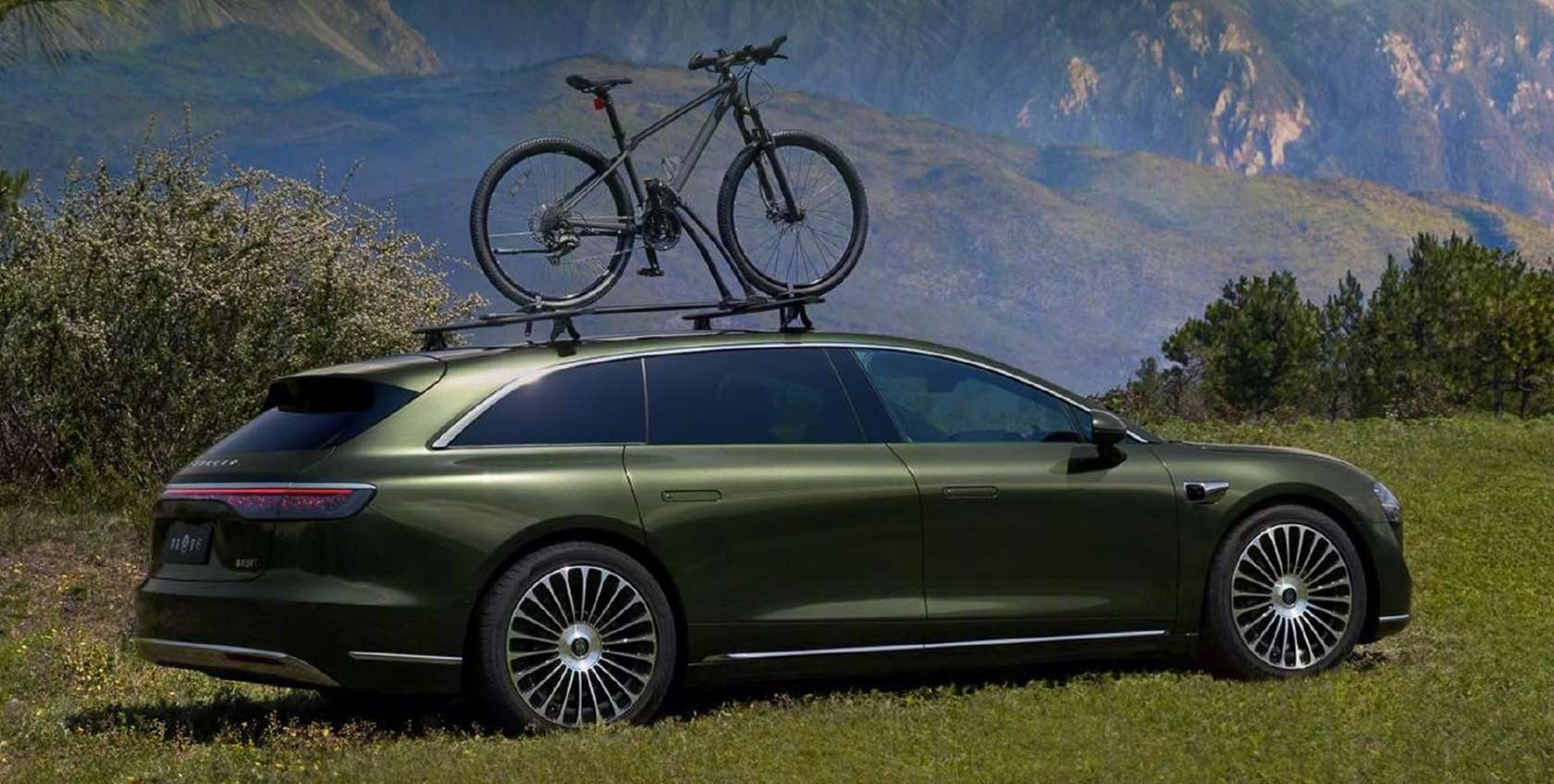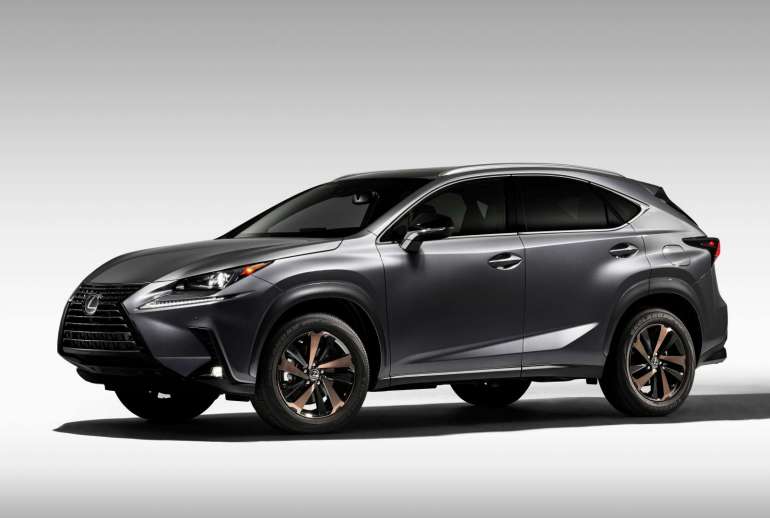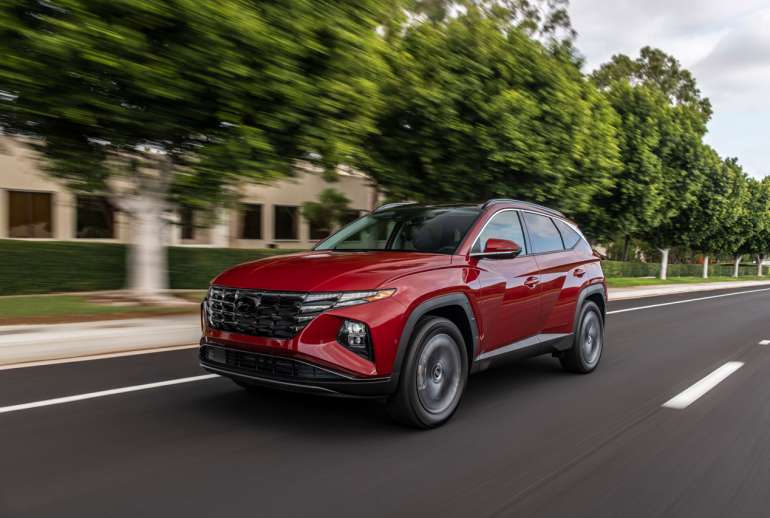The Stelato S9T wagon represents something we haven’t seen much of in the Chinese market lately. A proper station wagon that doesn’t apologize for its form factor. At 5.16 meters long and riding on a 3.05-meter wheelbase, this isn’t some crossover masquerading as a wagon. It’s the real deal, complete with that distinctive roofline that extends all the way back. The proportions look right from every angle I’ve seen so far. When you consider that this comes from Huawei’s automotive division working with BAIC, it signals a shift toward more diverse body styles in China’s electric vehicle landscape. The S9T takes the sedan platform we already know from the S9 and stretches it into something more practical without losing the visual coherence that makes the original work so well.
The Design Language That Makes Sense
The front fascia carries over the S9’s design DNA while making subtle adjustments for the wagon’s different proportions. That LiDAR unit mounted above the windshield integrates better than most autonomous driving sensors I’ve seen recently. Instead of looking like an afterthought, it feels like part of the overall design language. The body cladding and lower trim pieces have that matte finish that works well with the wagon’s more utilitarian character.
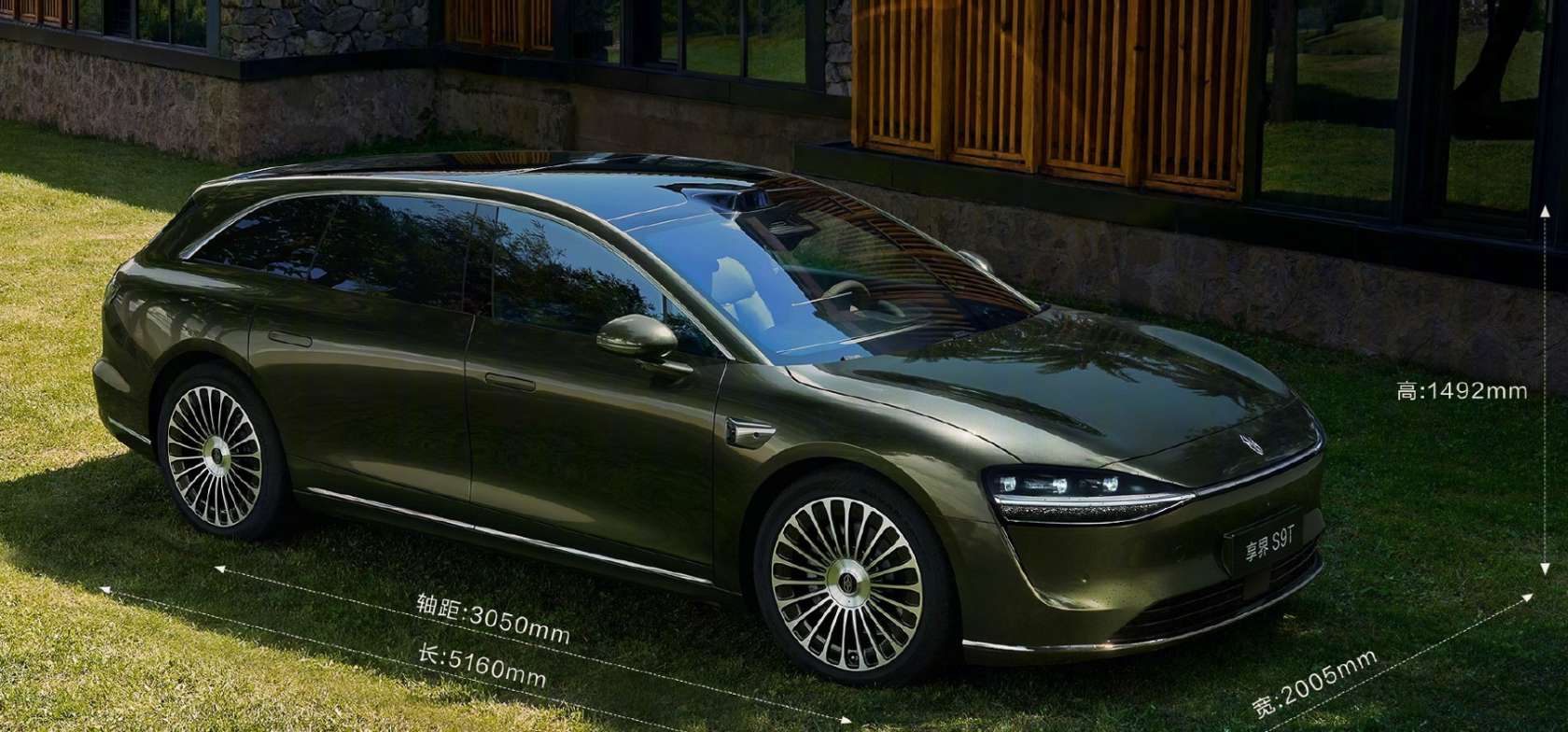
From a design perspective, the S9T succeeds where many electric wagons stumble. The roofline doesn’t drop too aggressively at the rear, maintaining proper cargo volume while keeping the visual flow intact. The rear pillar treatment creates a nice balance between the sedan’s elegance and the wagon’s functionality. Those flush door handles and the clean body surfacing give it a contemporary feel without relying on unnecessary complexity.
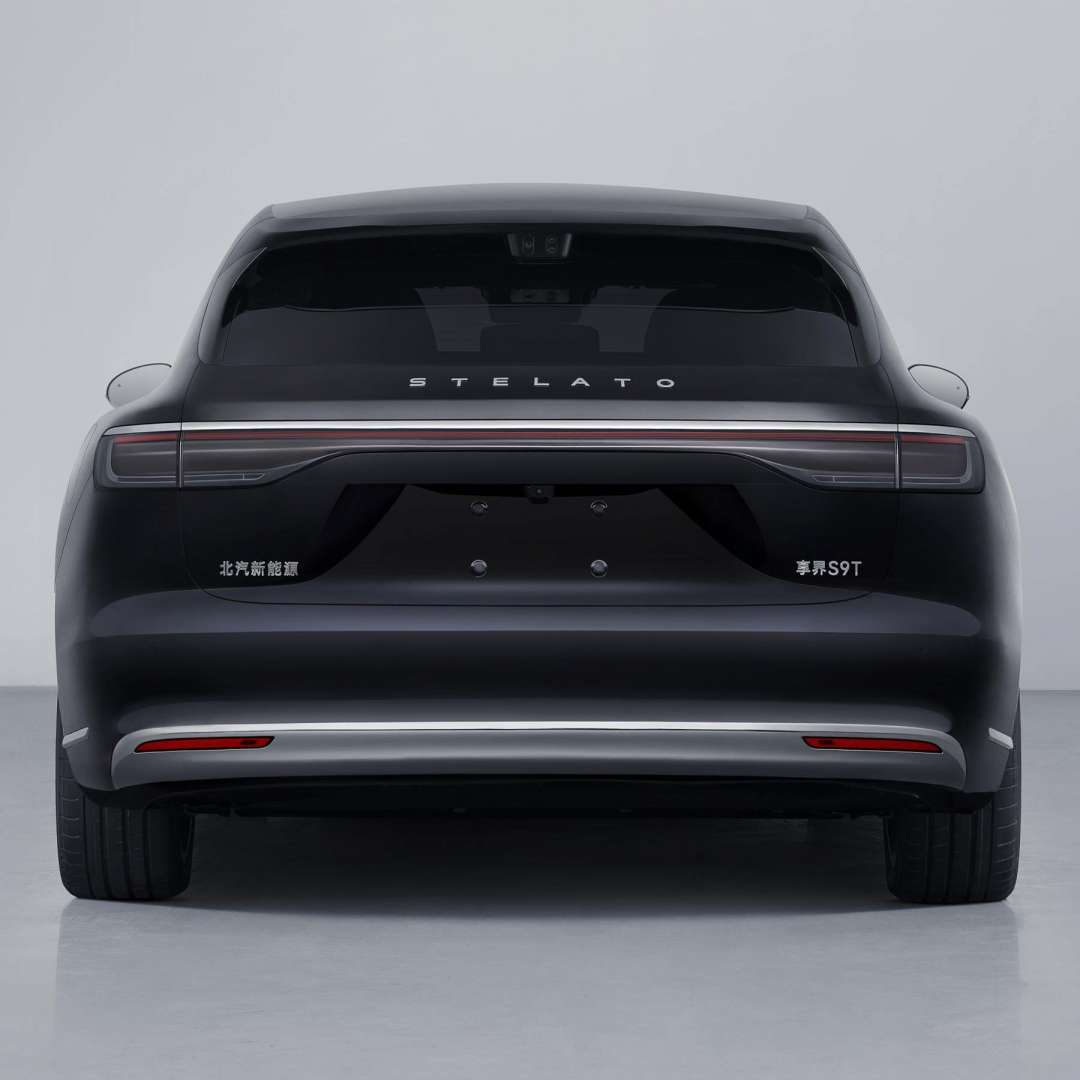
The wheel arch treatment deserves special mention because it’s one of those details that separates good design from great design. The way the body cladding flows into the wheel wells creates visual continuity that many manufacturers miss. It’s subtle work that shows someone was thinking about the whole package rather than just individual elements.
What strikes me most about the S9T’s design is how it manages to look distinctly Chinese while borrowing the best elements from European wagon traditions. The greenhouse proportions feel right, the stance looks planted, and the overall execution shows real design maturity. This isn’t copying European estates; it’s interpreting that design language for a different market with different expectations.
Performance Numbers That Actually Matter
The dual-motor setup delivers 516 hp total, which puts the S9T in serious performance territory. That’s not just marketing fluff; it’s enough power to make this wagon genuinely quick. The torque delivery from electric motors means you get instant response without the lag that comes with turbocharged engines. For a vehicle this size, that power figure makes sense from both a performance and efficiency standpoint.
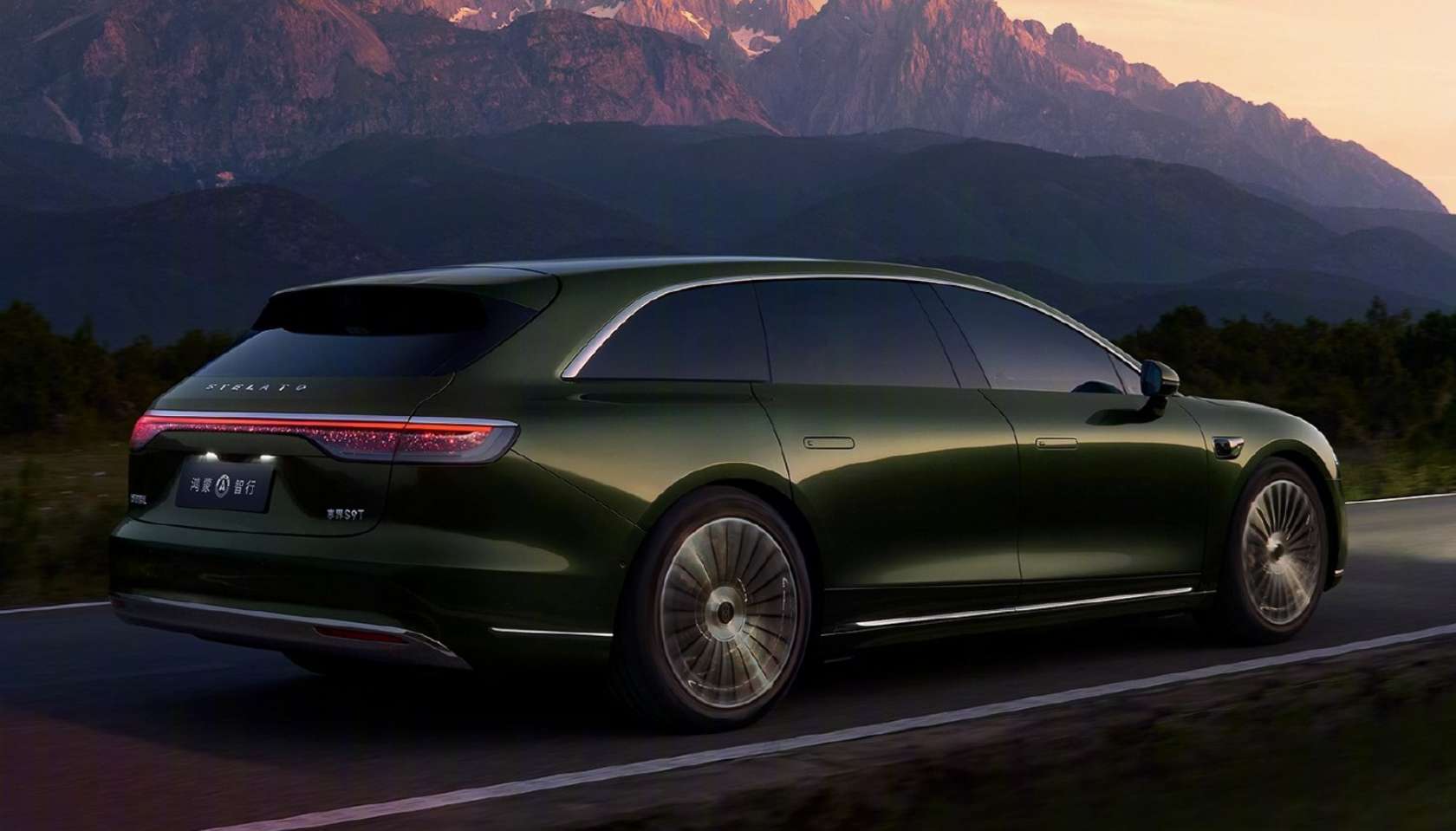
Range figures show 801 km on the CLTC cycle for the pure electric version, which translates to something more realistic in real-world conditions. The 100 kWh battery pack from CATL represents current best practices in energy density and thermal management. Battery chemistry matters more than most people realize, and the ternary NMC setup offers a good balance between energy density and charging speed.
The extended-range version adds complexity but also flexibility. Two battery options give buyers choice based on their usage patterns. The 37 kWh and 53.4 kWh configurations serve different needs, though the advertised 354 km electric range seems conservative. When you add the range extender, total range hits 1,305 km, which eliminates range anxiety completely.
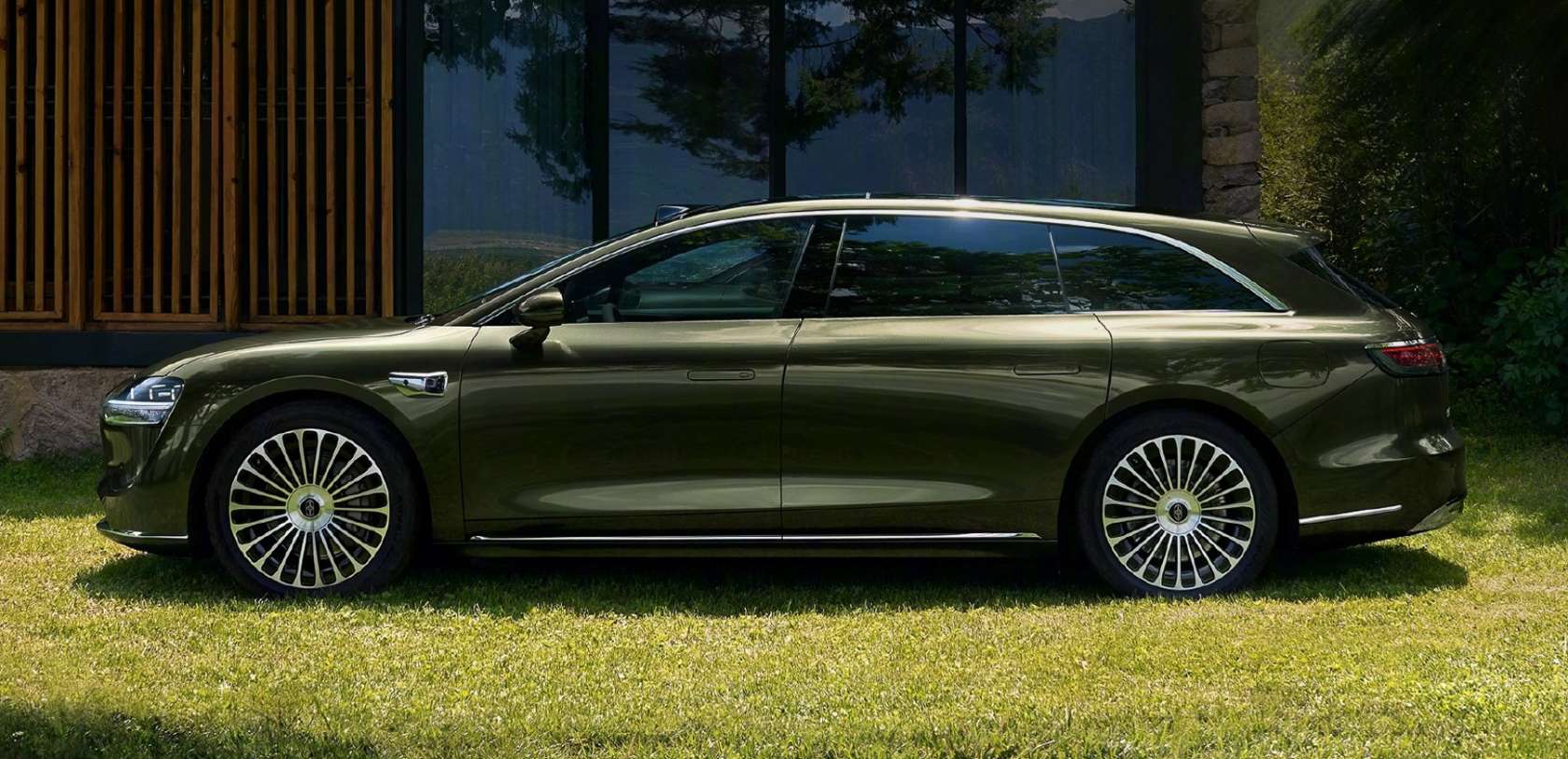
Charging infrastructure continues to improve in China, but having that range extender option removes one of the biggest barriers to electric vehicle adoption. The engineering challenge lies in packaging both the battery and the range extender without compromising interior space or cargo capacity. From what I can see, Stelato has managed this balance well.
The performance numbers work because they’re grounded in practical engineering rather than marketing objectives. This isn’t about achieving some arbitrary acceleration figure; it’s about delivering the kind of power and range that makes sense for a premium wagon in the Chinese market.
Technology Integration Done Right
ADS 4 represents Huawei’s latest autonomous driving technology, and the S9T gets the full package. The LiDAR sensor placement shows careful consideration of both functionality and aesthetics. Positioning it above the windshield provides optimal viewing angles while maintaining the vehicle’s visual balance. Most manufacturers struggle with sensor integration, but Huawei seems to understand that technology should enhance rather than compromise design.
The HIMA alliance gives the S9T access to a shared technology platform that includes advanced driver assistance systems, connectivity features, and over-the-air updates. This collaborative approach makes sense when you consider the development costs associated with autonomous driving technology. Sharing these systems across multiple brands reduces individual development costs while accelerating deployment.
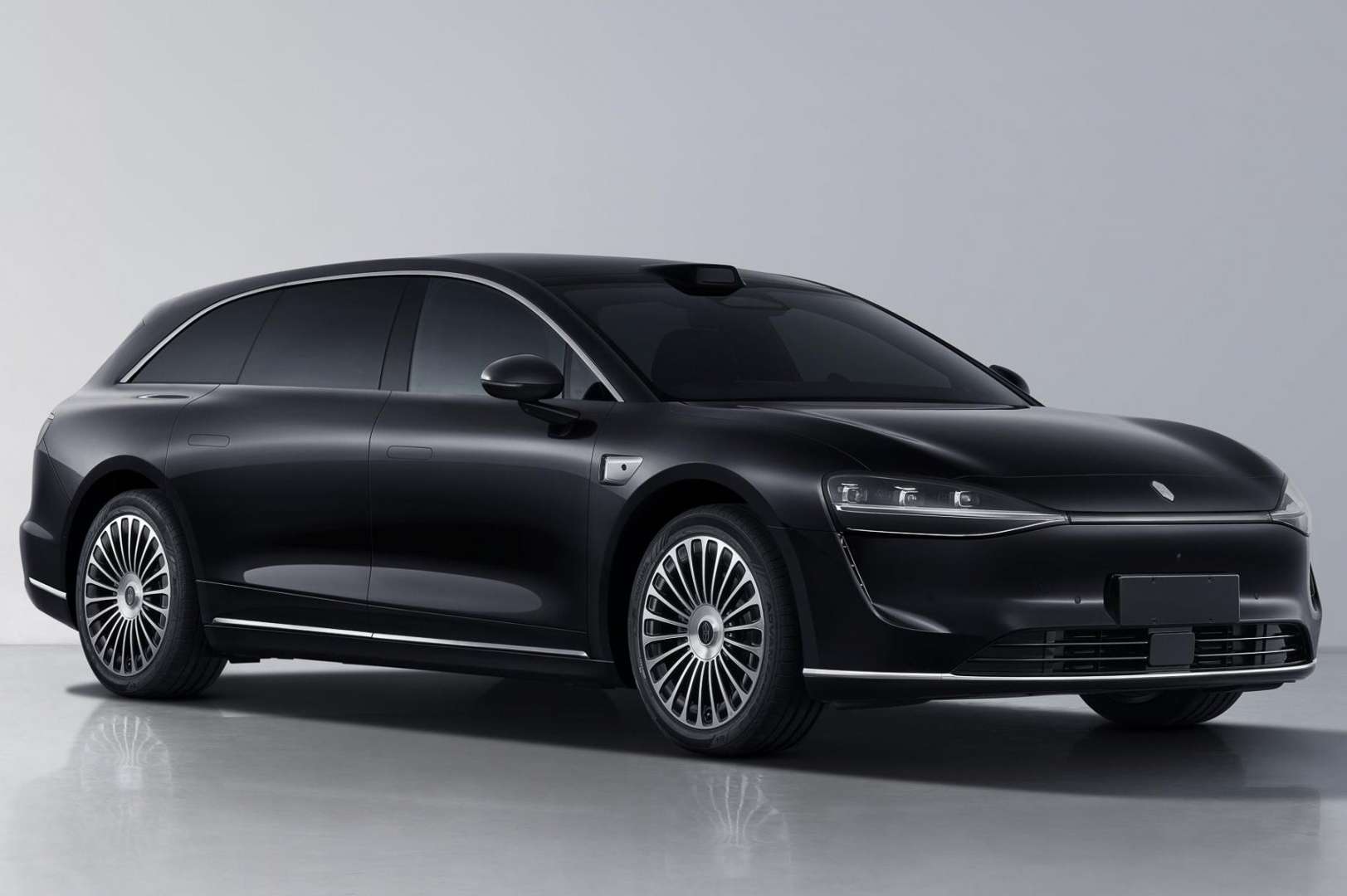
Interior technology integration follows current best practices with multiple screens and touch controls, though I haven’t seen enough detail to evaluate the user interface design. The key is making sure the technology serves the driver rather than overwhelming them. Chinese consumers expect advanced connectivity and infotainment features, but the implementation needs to feel intuitive rather than complex.
The charging technology deserves attention because it affects daily usability more than most features. Fast charging capabilities mean shorter stops during long trips, while smart charging features can optimize battery health over time. The thermal management system plays a crucial role in maintaining performance and battery longevity, especially in China’s diverse climate conditions.
What impresses me about the S9T’s technology package is how it addresses real-world usage scenarios rather than just checking specification boxes. The autonomous driving features focus on highway and urban driving situations that Chinese drivers actually encounter. The connectivity features integrate with existing smartphone ecosystems rather than forcing users to adopt new platforms.
Market Context and Launch Timeline
The September launch puts the S9T directly into competition with established players like the Nio ET5T and the Zeekr 007 GT. This timing makes sense because it allows Stelato to benefit from growing consumer interest in electric wagons while the market segment is still developing. The premium positioning at around 400,000 yuan starting price reflects the technology content and build quality expectations.
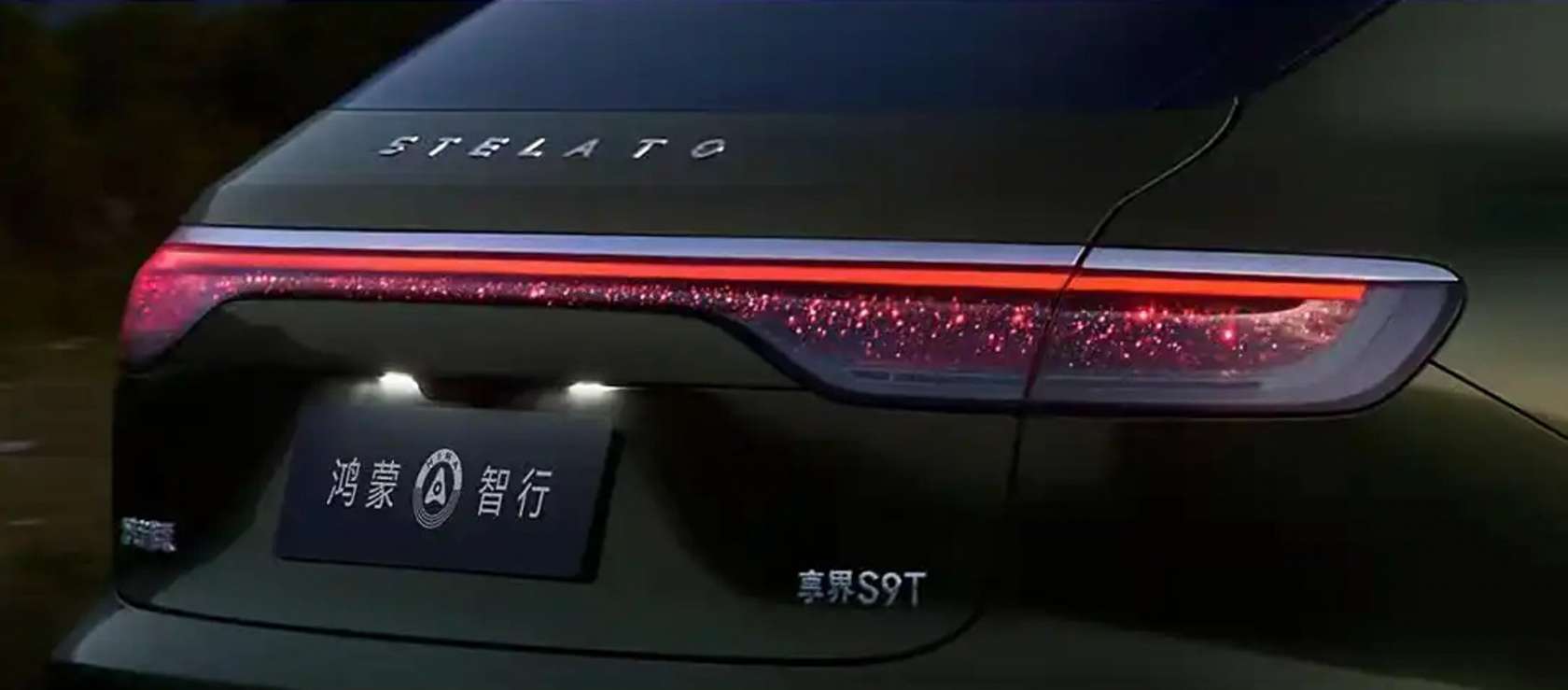
Chinese consumers are becoming more sophisticated about electric vehicles, moving beyond basic transportation to consider design, performance, and technology integration. The wagon format appeals to buyers who want something different from the SUV-dominated market while still maintaining practicality. European influence in Chinese automotive design continues to grow, and the S9T represents this trend well.
The HIMA alliance provides distribution advantages that independent brands struggle to achieve. Shared showrooms and service networks reduce the infrastructure investment required for new model launches. This collaborative approach makes particular sense for niche products like wagons where individual brand volumes might not justify standalone retail networks.
Competition in the premium electric vehicle segment continues to intensify, with new models launching regularly. The S9T’s success will depend on execution quality and how well it differentiates itself from existing options. The combination of Huawei’s technology expertise and BAIC’s manufacturing capabilities should provide a solid foundation for market entry.

